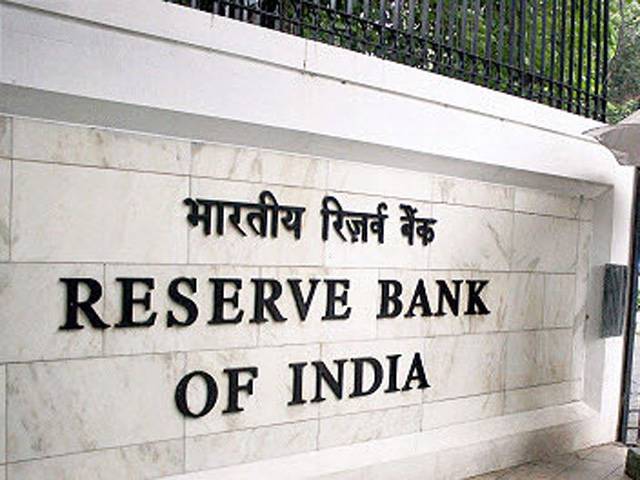India New RBI chief will face stubborn old foe: rural inflation

After cooling last year due largely to lower oil prices, India’s old nemesis inflation is back on the prowl and is threatening to breach the Reserve Bank of India’s (RBI) target, a harsh welcome for its new chief who is expected to be appointed soon.
Rising prices are also feeding rural perceptions that Prime Minister Narendra Modi increasingly favors the urban middle class, a key voter base. Millions of government employees recently received hefty pay hikes, while more farmers are going bust.
The dusty village of Sisauli puts the dilemma facing India’s policymakers into clear focus.
Sisuali is three hours by rough road from New Delhi, making transporting goods difficult and expensive.
Layers of middlemen also clog the supply chain and take their cuts. Some farmers say their produce can go through at least four intermediaries before reaching customers.
Malik says he sold rice for 16 rupees (24 US cents) a kilogram to a middle man. In a market 10 minutes away, it retails for three times as much.
“Inflation has come down only on paper; in reality, there is no let up in surging prices,” Sudhir Kumar said in his grocery shop, which also has a small TV set he uses to keep an eye on commodity prices.
DECADES OF NEGLECT BUBBLING OVER
Rural India has long suffered from neglect, but tensions are rising as food prices have surged after two years of drought.
Retail inflation in rural areas has consistently outpaced urban areas in the past 18 months, hitting 6.20 percent in June, well above 5.26 percent in cities such as Mumbai.
That has pushed overall inflation to a near two-year high of 5.77 percent in June, near the upper end of the RBI’s 2-6 percent inflation target.
RBI officials have stressed that many of the causes are structural and beyond the central bank’s control, but the spike in inflation could complicate the next governor’s job.
Though India has become the world’s fastest growing large economy, political pressure on the RBI is growing to cut interest rates more aggressively to spur full employment, at the risk of unleashing even stronger inflationary forces.
Outgoing Governor Raghuram Rajan was lauded by investors for introducing inflation targeting last year, restoring the RBI’s credibility by linking price management to numerical targets. Investors are closely watching to see if his successor will stick to tough targets or water them down.
Economists polled by Reuters see only one more rate cut over the next year, if inflation does not pick-up too sharply.
NO EASY FIXES
Modi’s Bharatiya Janata Party (BJP) is already facing a tough electoral test in the state next year. Uttar Pradesh will be a crucial test for its re-election bid in 2019.
“You are not ready to pay more to farmers because that is bad economics,” said Malik. “But no one complains when hefty pay increases are given to government employees.”
The government is making some strides. It is spending on infrastructure and is seeking to weed out middlemen by giving farmers an option of selling their goods across India via electronic trading platforms set up at wholesale markets.
But progress is slow, and middlemen continue to hold sway as farmers lack the means to ship directly to buyers.
Rate cuts would do little for villagers such as Narpendar Jhinjha, a heavily indebted 52-year-old farmer, who says another bad year will force him to sell his land.
“A farmer is hit on both sides,” Jhinja said, referring to low crop prices and higher prices for goods he needs to buy.
“And on top of that we have our loans to pay for. Farmers have been condemned to a life of misery.”






